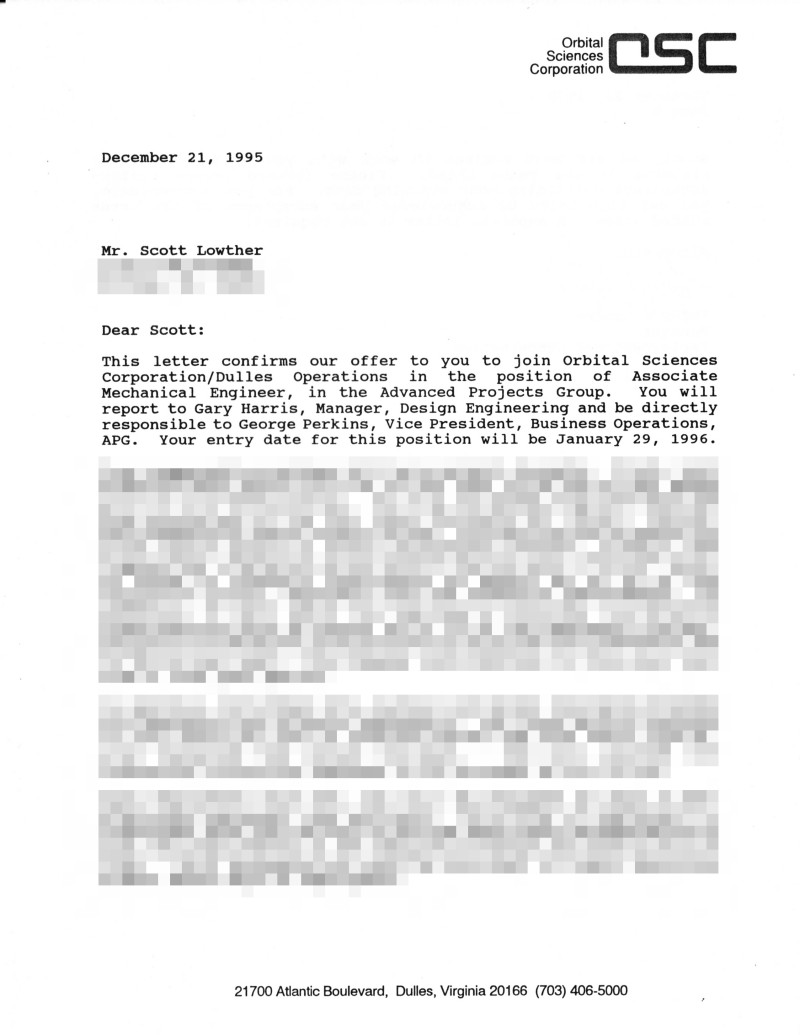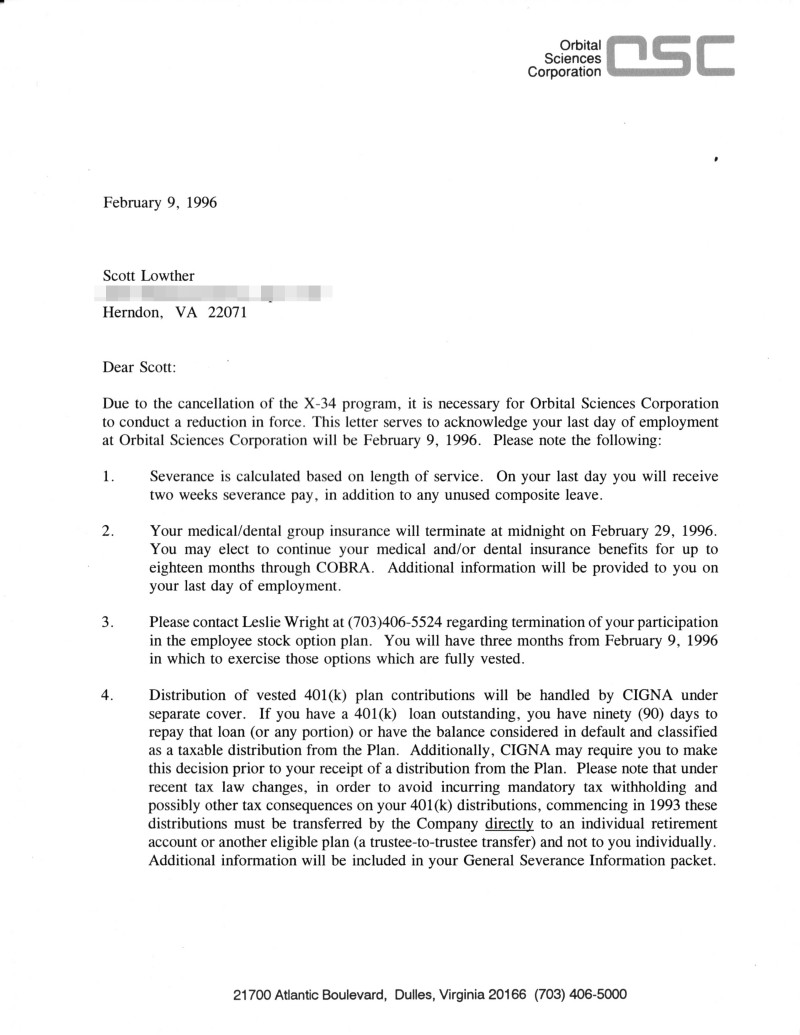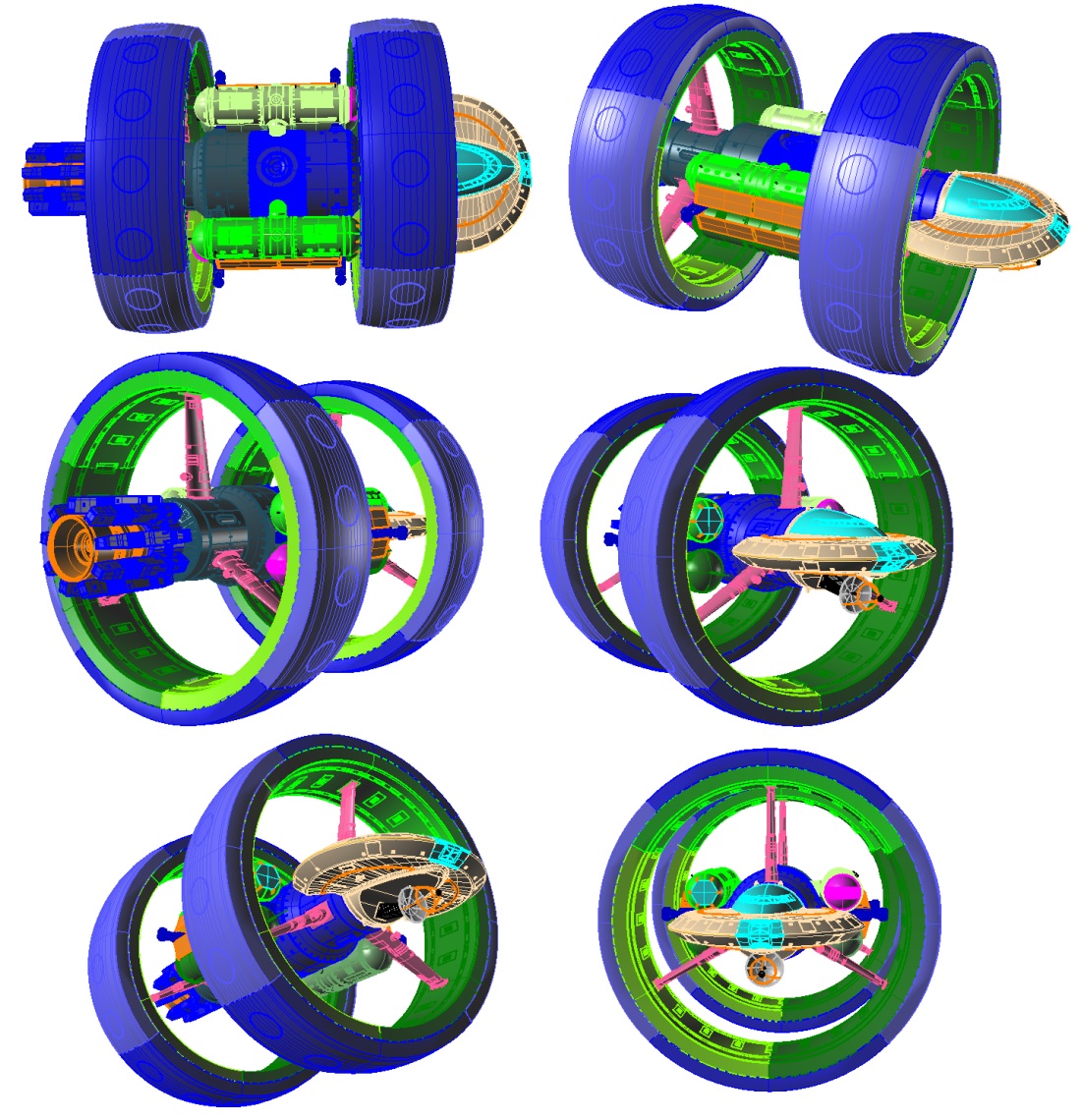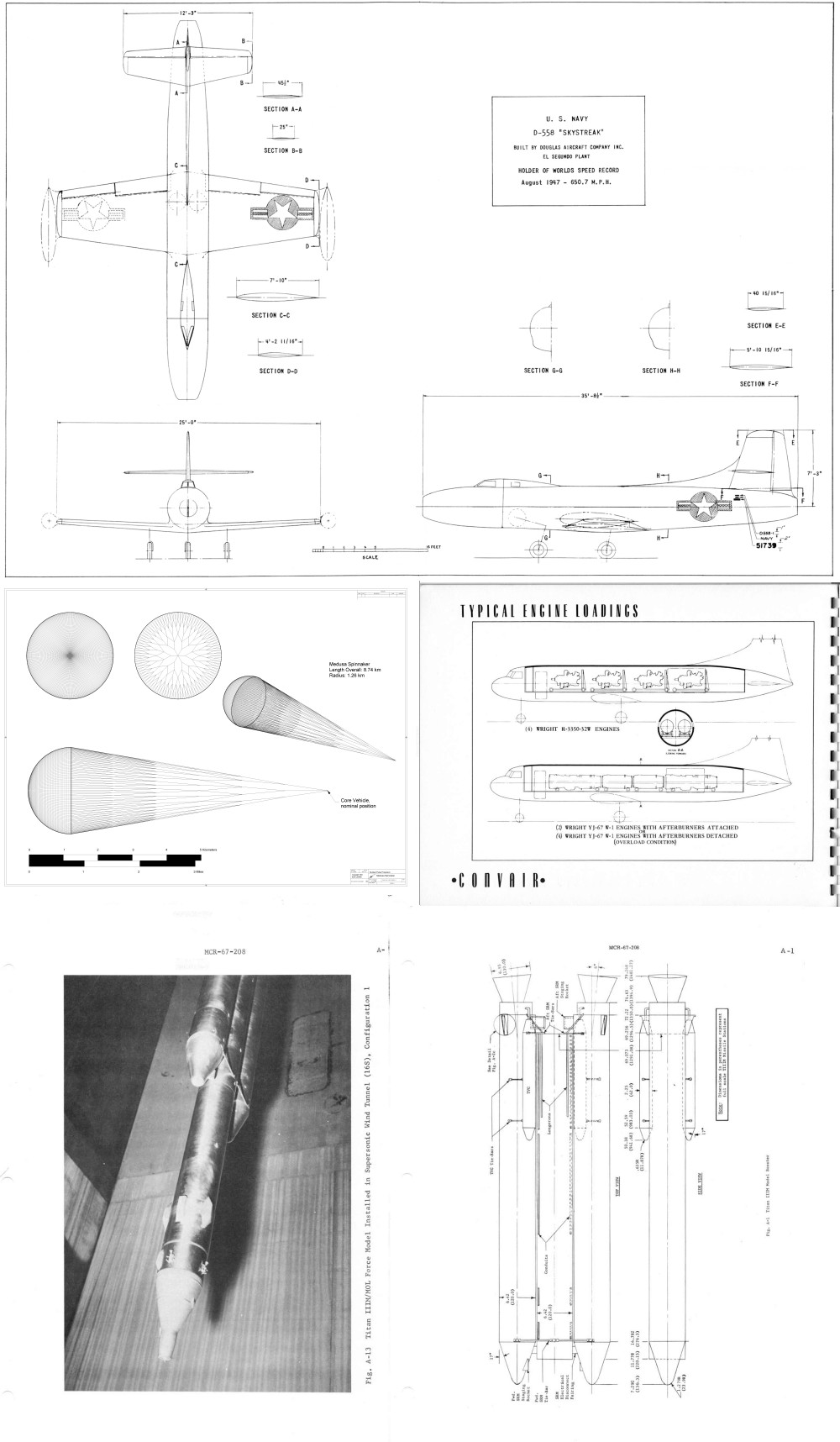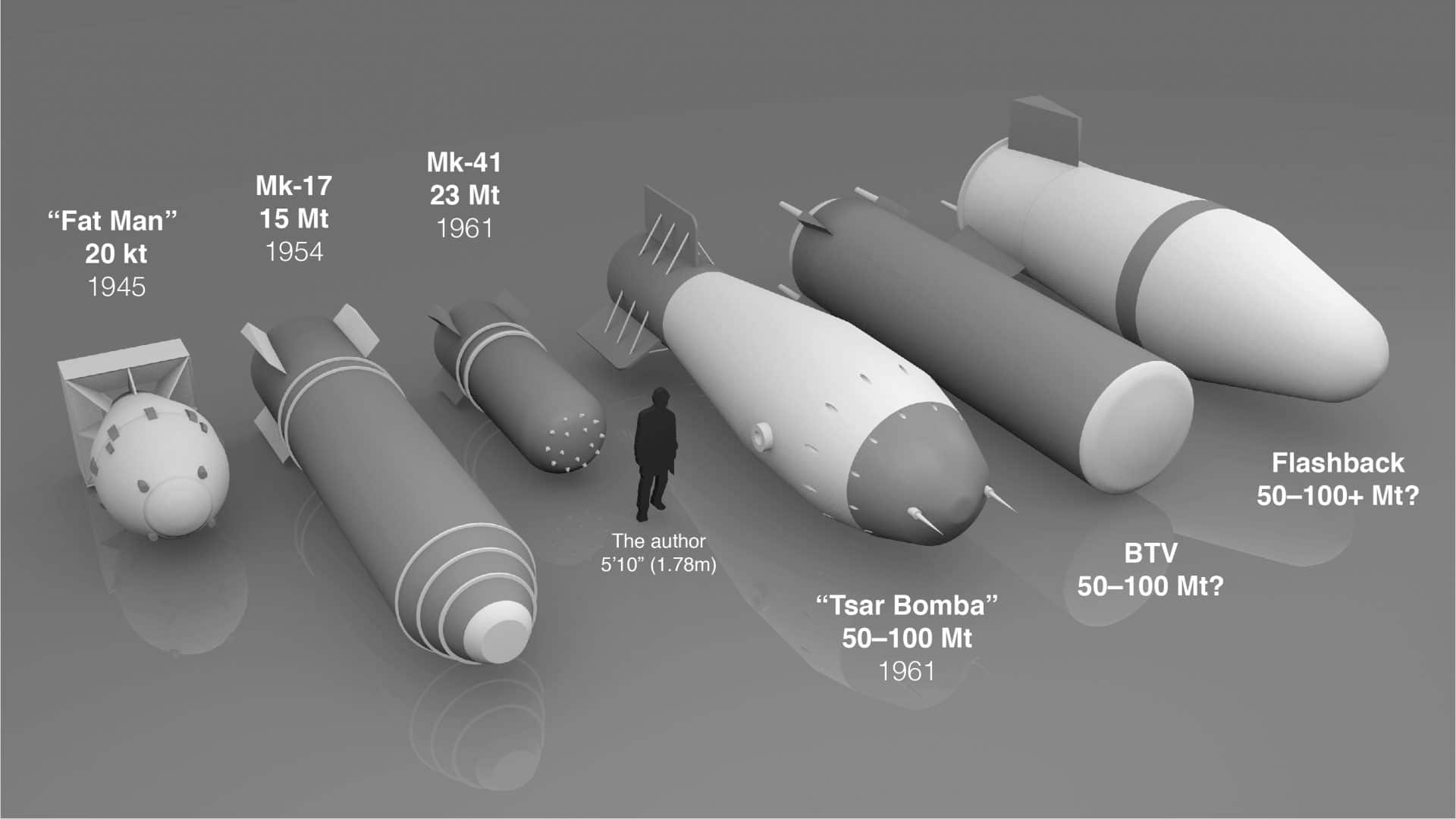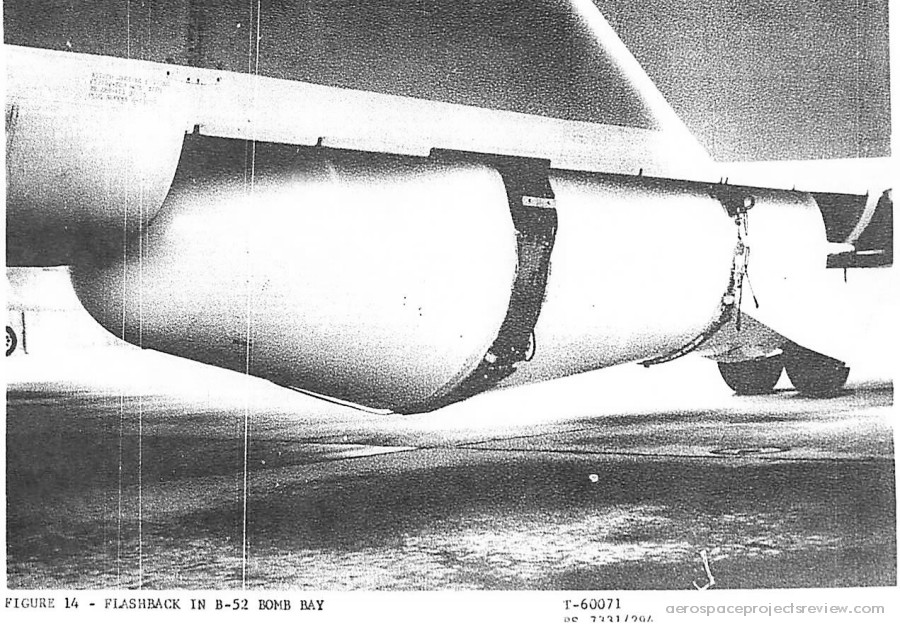I stumbled across some paperwork that for no readily apparent reason I’ve kept for a quarter century. Shown below are two correspondence that might be of some amusement. They deal with my very first “real” job after graduation, when I was hired to work on a The Next Big Thing project for Orbital Sciences Corporation.
First up (some personal data redacted):
Neato! I’m hired! So I packed up my stuff (including my baby archive, which fit in two boxes), drove from Illinois to Virginia right smack in the middle of the Blizzard Of The Century, spent a bucket of cash for an apartment, and started an exciting new adventure, sure to be filled with excitement, career fulfillment and fair and reasonable treatment from my employers. What could possibly go wrong?
Gee, that was fun.
It was a short, sharp shock that gave me a good solid look at the aerospace industry in the US. Unfeeling corporations, sociopathic bosses, incredibly blinkered, short-sighted management *and* self-serving unions, all beholden to quite possibly the *dumbest* politicians in human history.
I shoulda gone into art. I have no real talent for it… but then, I’ve seen “Star Trek: Discovery” and it’s clear that talent and skill are no longer important or even desirable in modern artistic endeavors.
